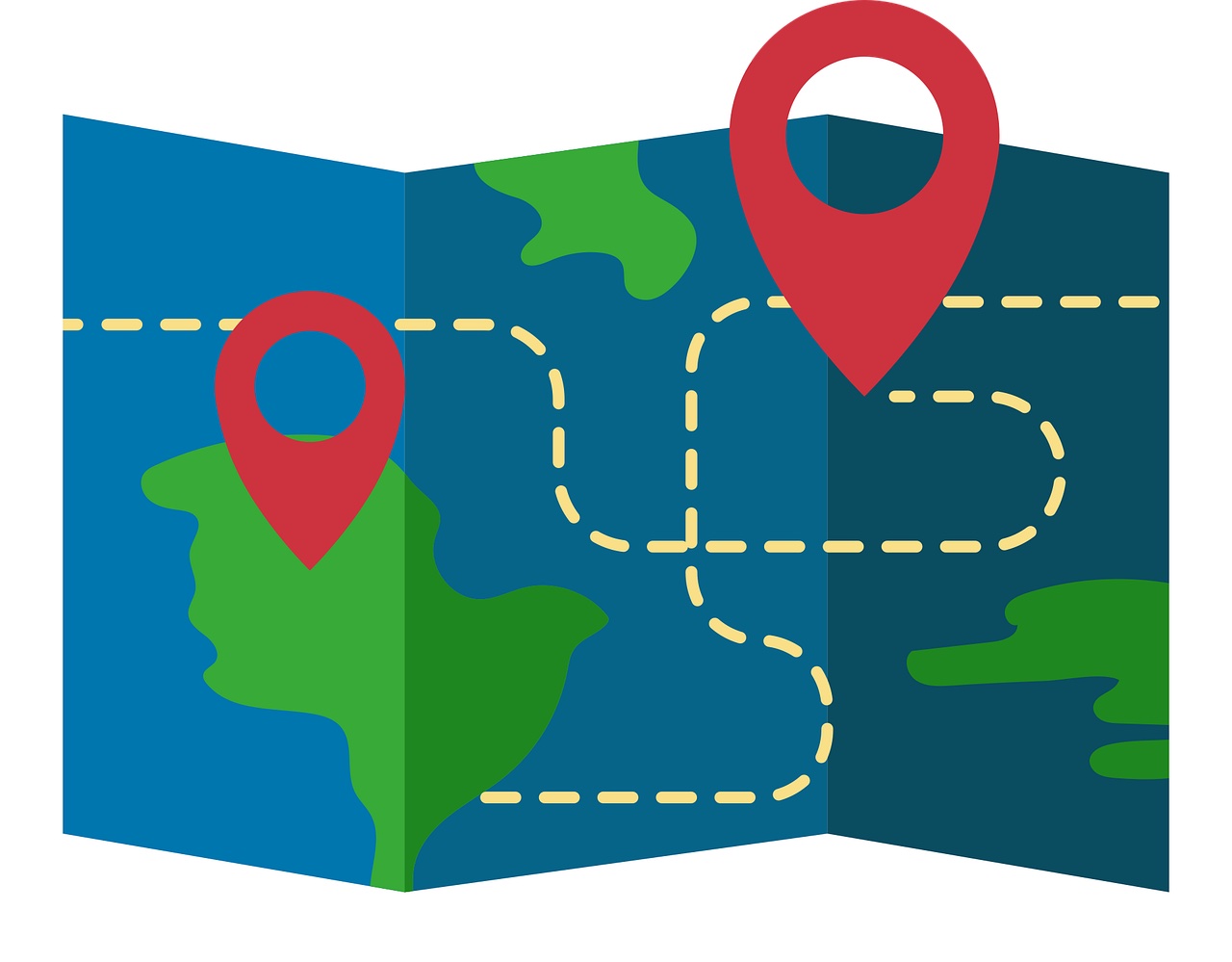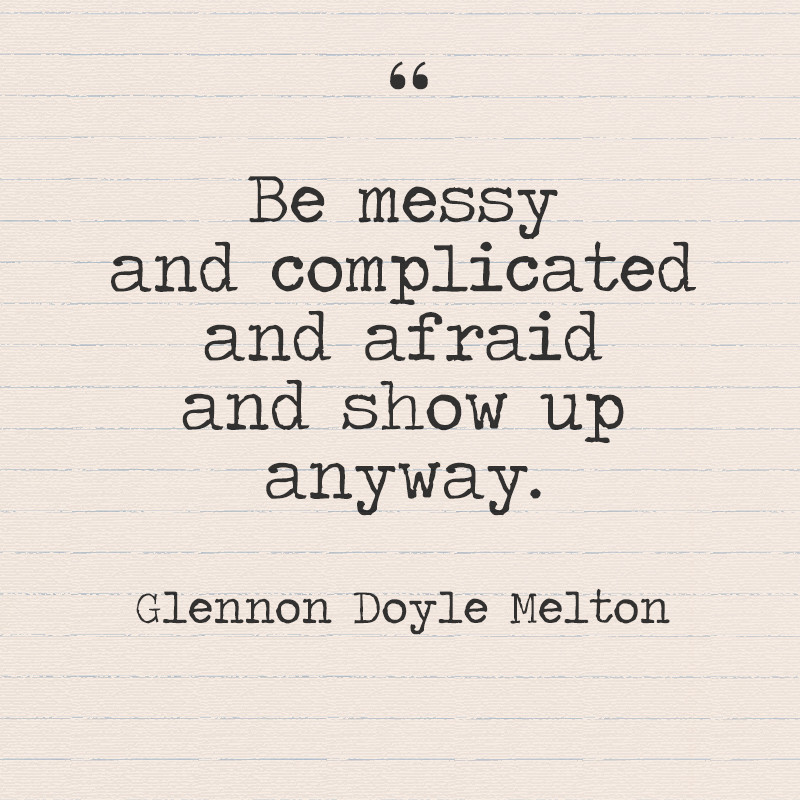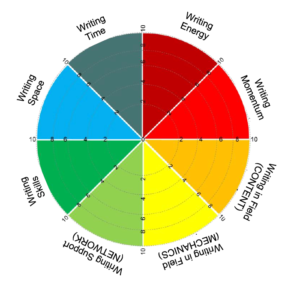Academics build careers on the page through manuscripts and proposals. These submissions and publications are the concrete work of our scholarly or research efforts over the years. In this way, words (which explain our data and novel insights) are the very building blocks of our careers. We quite literally build the ideas, knowledge, and reputations of our careers through the words we place on the page for others to read.
This metaphor of words as “building blocks” refers most aptly to the products of our efforts–our submissions, publications, digital or hardcopy pages. That writing is done.
For the writing we have yet to write, the metaphor of a “journey” better describes our practice of sitting down regularly, our processes in arranging one word after another, and of our often epic efforts to overcome internal (and external) writing challenges.
Many of us are haunted on our career-building journeys by what Joli Jensen calls the daemons of “the perfect first sentence,” of the “magnum opus,” of “who am I compared to X [important scholar in the field]?” or of needing just “one more source” before putting words to the page. There are many daemons (an ancient term for divinity, muse or spirit) that haunt writers.
With awareness, they will provide us with guidance rather than hinderance. The writing pressures encourage us to ask: What can I do right here, right now to make this sentence more readable? or What can I learn from how this important scholar writes about X? Take a moment and a breath and ask your daemon for directions.
We can be equally driven by our writing pleasures: the excitement of the chase of a new idea on the page, the desire to share our findings and analyses with colleagues, and the thrill of seeing our ideas in print. Always edifying and worth celebrating along our way!
Ultimately, an academic’s relationship with writing (practice, process, product, persona) is highly complex, often taken for granted, and ever changeable. We are rarely the writers we wish to be–we may strive to write with more clarity and with greater concision, we may long to wield the language of our field with greater alacrity, we may wish for the process to be ever easier, we may want to feel more confident about it all.
Today, in your career-building journey–early, mid, senior–you may look around and wish to be someplace other than where you are. That desire to be “not here” is its own kind of haunting. If you pay attention however, that desire can help you focus on next steps: to read an article about career-building through writing, to practice “write at speed” methods, to connect with a colleague in the field to learn more, to breathe deeply and relax before putting fingers to the keyboard.
We must start where we are. Here and now.
It seems almost too obvious, too simple of a reminder. But, take it forward with you and test it out. It is simple but powerful. The awareness that “you are here” is essential for us to get clear, to relax and step forward in a healthful and productive direction, to build the next block. With awareness, we each select the next word and contribute meaningfully to the written conversations in our fields.
Our journeys of professional contribution and growth cannot be done without connecting meaningfully (or traveling) with the words of other writers. Pema Chödrön (author of Start Where You Are: A Guide to Compassionate Living) and Joli Jensen joined me on my foray into today’s consideration of the nature of who we are as research and scholarly writers.
It is good to be here with you for a moment as you build your career through writing.
Journey onward!











